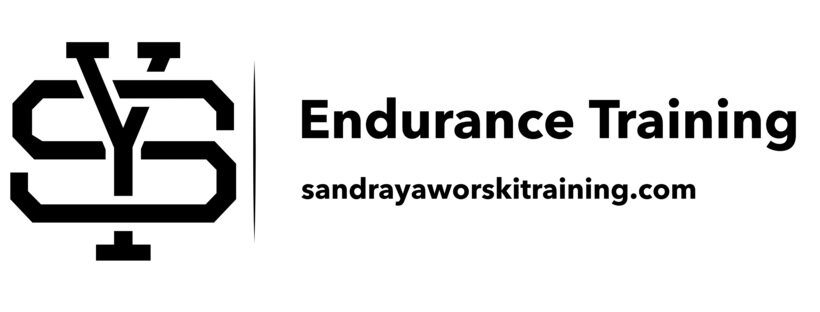On an earlier post, I talked about integrating faster work within the long run. Several people reached out and asked about the length of long runs, how many, and volume of intensity within a long run
How many long runs:
For marathon, I like to program a minimum of 4 runs in the 32 to 36km range. If someone needs to build their aerobic capacity, this may be increased to 6.
For half marathon, I like to program a minimum of 4 runs in the 23 to 28km range. If someone needs to build their aerobic capacity, this may be increased to 6.
How many runs with intensity and how much intensity:
4 runs with intensity is my preference for a marathon or half marathon build. These are built up with each run. For the marathon, the maximum distance of built in intensity within the long run is 25km, and for the half marathon 10 to 12km. Again, this depends on the athlete but this is a pretty good general guideline.
Programmed every 2 to 3 weeks. Depends on the how long the training cycle is.
Type of Intensity within the Long Run:
Marathon- marathon pace and faster pace work
Half marathon – half marathon and faster pace work.
Generally, I like to break these into segments. Marathon- 3km up to 10km segments. Half marathon- 1km up to 5km segments.
Here are some long run inserts I recently built into programs of runners with years of running with me.
Marathon Specific:
Within a 30 km long run, usually after running for 60 to 75 minutes, 8x 90 seconds at 10 mile to half marathon effort with 4 to 5 minutes at MP.
Within a 30 to 32 km run, 2x (6 to 8km at MP/ 2 min easy/ 2 km HMP/ 3 min easy).
Half Marathon Specific:
With a 22 to 25 km run, 3k at HMP, 2k at HMP, 2x 1 km at 10km pace with 3 minutes easy between all.
Within a 22 to 25 km run, 3x 3km run progressively for each km. Starting at HMP and descending down to 10km effort for the last Km. 3 to 5 minutes easy running between.


